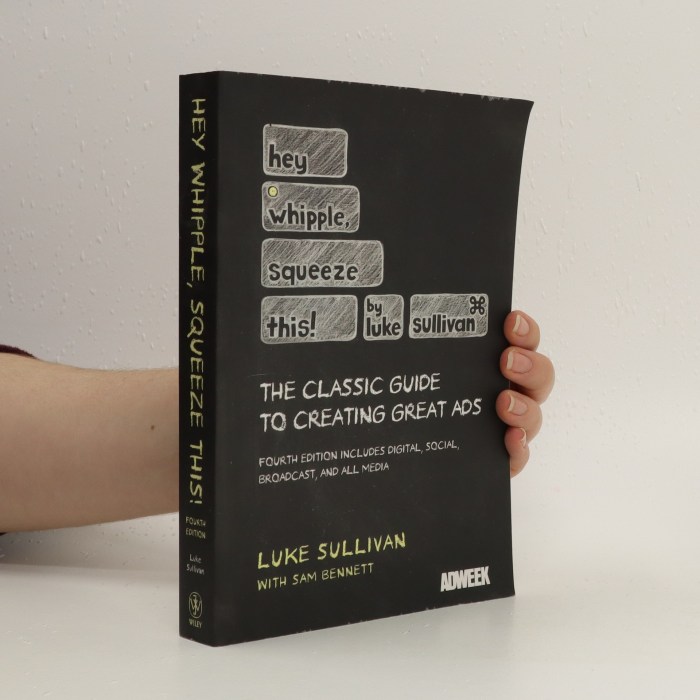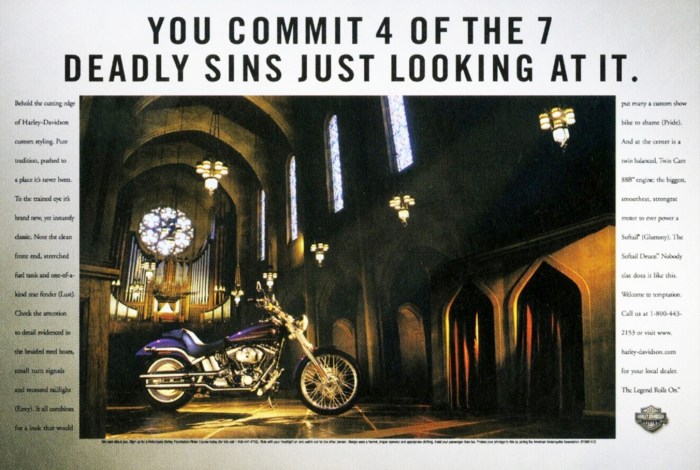Hey whipple squeeze this 6th edition – Introducing “Hey Whipple, Squeeze This” 6th Edition, a literary masterpiece that captures the essence of the Beat Generation. This seminal work delves into the depths of human experience, exploring themes of isolation, conformity, and the search for authenticity. Join us as we embark on an enlightening journey through the fragmented narratives and evocative imagery that define this groundbreaking collection.
The fragmented narrative structure, stream-of-consciousness writing, and profound symbolism employed by the author create a unique and immersive reading experience. “Hey Whipple, Squeeze This” 6th Edition challenges conventional storytelling, inviting readers to engage with the characters’ inner struggles and the complexities of the human condition.
Literary Context

The Beat Generation, a literary movement that emerged in the 1950s, is known for its anti-establishment views, experimental writing styles, and exploration of themes such as alienation, freedom, and spirituality. “Hey Whipple, Squeeze This” by Charles Bukowski is a seminal work within this movement, reflecting the Beat ethos and contributing to its literary legacy.
Bukowski’s writing is deeply influenced by the Beats, particularly William S. Burroughs and Jack Kerouac. He adopts their stream-of-consciousness style, non-linear narrative structure, and rejection of traditional literary conventions.
Major themes explored in “Hey Whipple, Squeeze This” include the search for authenticity, the rejection of societal norms, and the struggle against alienation and loneliness.
Narrative Structure and Style
The collection employs a unique and fragmented narrative structure, reflecting the chaotic and fragmented nature of modern life. Bukowski uses stream-of-consciousness and automatic writing techniques, capturing the unfiltered thoughts and emotions of his characters.
The fragmented style creates a disorienting and immersive experience for the reader, forcing them to piece together the narrative and make sense of the characters’ experiences.
Characterization and Relationships, Hey whipple squeeze this 6th edition
The main characters in “Hey Whipple, Squeeze This” are complex and flawed individuals, often struggling with addiction, poverty, and alienation. Bukowski explores their psychological depth and motivations, revealing their vulnerabilities and desires.
Relationships between characters are often strained and dysfunctional, reflecting the isolation and loneliness that permeate the collection.
Symbolism and Imagery
Bukowski uses vivid symbolism and imagery to convey deeper themes and emotions. The title itself, “Hey Whipple, Squeeze This,” is a metaphor for the exploitation and commodification of art and creativity.
Other recurring symbols include alcohol, drugs, sex, and violence, which represent the characters’ attempts to escape reality and cope with their inner demons.
Social and Cultural Commentary
“Hey Whipple, Squeeze This” offers a critical reflection of the social and cultural landscape of the 1950s and 1960s. Bukowski critiques consumerism, conformity, and the search for authenticity in a rapidly changing world.
The collection also explores themes related to race, gender, and class, highlighting the social injustices and inequalities that existed during that time.
Key Questions Answered: Hey Whipple Squeeze This 6th Edition
What is the significance of “Hey Whipple, Squeeze This” within the Beat Generation?
As a seminal work of the Beat Generation, “Hey Whipple, Squeeze This” captures the movement’s ethos of rebellion, nonconformity, and the exploration of alternative lifestyles.
How does the fragmented narrative structure impact the reader’s experience?
The fragmented narrative style mirrors the chaotic and disjointed nature of the characters’ lives, immersing readers in their fragmented thoughts and experiences.
What are the major themes explored in “Hey Whipple, Squeeze This”?
The collection delves into themes of isolation, alienation, the search for authenticity, and the critique of consumerism and conformity.


